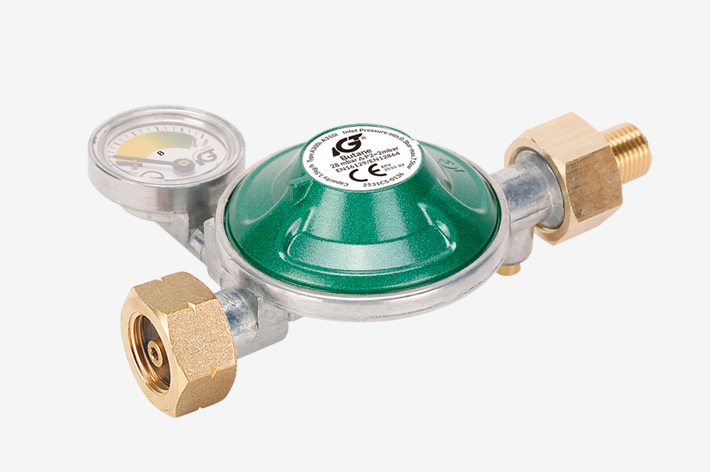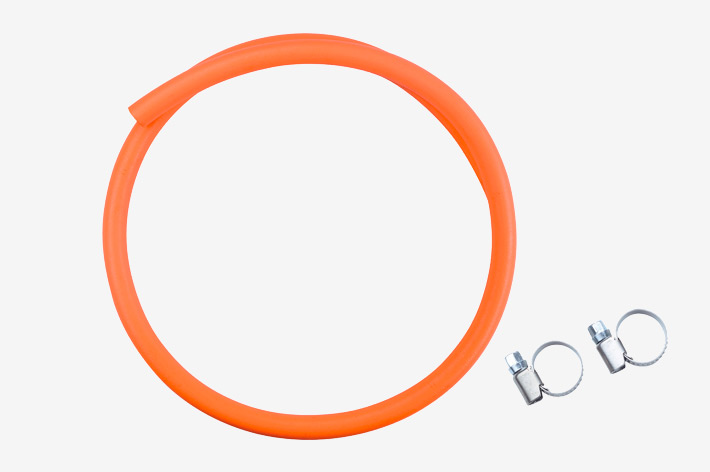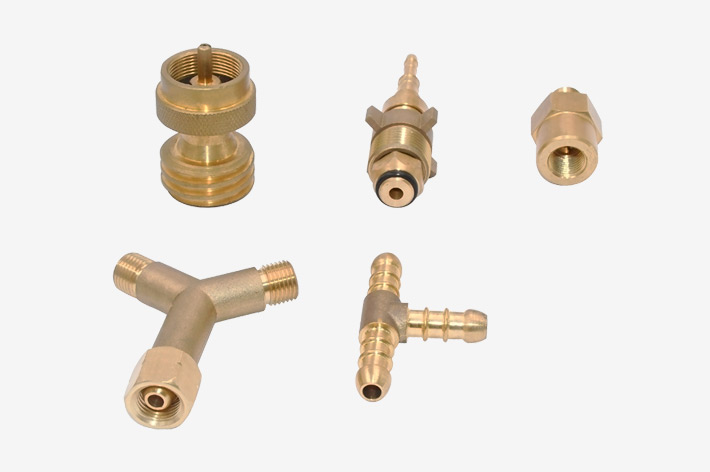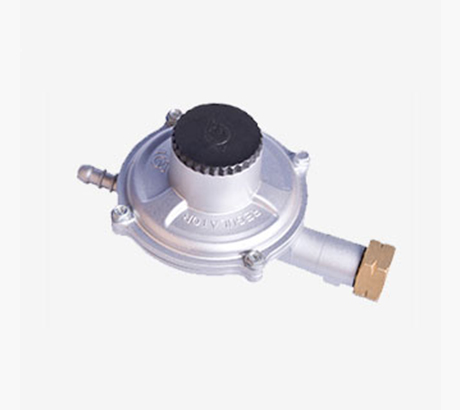Gas ball valve is a widely used pneumatic actuator in modern automatic control systems. The control signal drives the ball valve on/off actions through the pneumatic actuator, completing the on/off control or regulating control of the medium in the pipeline.
Selection of Gas Ball Valve
Connection method: flange connection, clamp connection, internal thread connection, external thread connection, quick connection, welding connection (butt welding connection, socket welding connection).
Seat sealing: Metal-to-metal-sealed ball valve, i.e., the seating sealing surface and the ball body sealing surface are metal-to-metal sealed. It is suitable for high temperature and working conditions that require wear resistance and have solid particles. Soft-sealed ball valve, the seat uses polytetrafluoroethylene PTFE, matched with polyphenylene PPL elastic sealing material, with good sealing effect and achieving zero leakage.
Selection of Pneumatic Actuator For Gas Ball Valve
Double-acting piston-type pneumatic actuator, mainly composed of cylinder, end cover, piston, gear shaft, limiting block, adjusting screw, indicator and other components. It uses compressed air as power to drive the piston movement. The rack on the piston drives the gear shaft to rotate 90°, and then drives the ball valve on/off action.
Single-acting piston-type pneumatic actuator mainly adds a resetting spring between the piston and the end cover, which can rely on the pushing force of the spring to reset the ball valve when the gas source pressure fails, keeping the open or closed position to ensure the safety of the production process. Therefore, when selecting a single-acting cylinder, it is necessary to choose whether the ball valve is normally open or normally closed.
Selection of Pneumatic Accessories For Gas Ball Valve
Electromagnetic valve: Double-acting cylinders are generally equipped with two-position five-way solenoid valves or three-position five-way solenoid valves. Single-acting cylinders can be equipped with two-position three-way solenoid valves, and explosion-proof requirements should be considered.
Travel switch: Its function is to convert the rotation of the actuator into a contact signal, output it to the control instrument, and feedback the on/off status of the gas ball valve in the field. The commonly used types are mechanical, magnetic induction, and explosion-proof requirements should also be considered.
Handwheel mechanism: Installed between the ball valve and the cylinder, it can be changed to manual on/off operation when the gas source fails, ensuring the safety of the system without affecting production.
Gas source treatment components: There are two-joint and three-joint components, which function as filtering, pressure reduction, and oil mist. It is recommended to install them to avoid impurities entering the cylinder and causing it to get stuck.
Quick exhaust valve: Accelerate the on/off speed of gas ball valve. Installed between the cylinder and the solenoid valve, it allows the gas in the cylinder to be quickly discharged without passing through the solenoid valve.
Pneumatic amplifier: Installed in the air path leading to the cylinder, it receives the pressure signal from the positioner outlet and provides a large flow to the actuator to improve the valve's operating speed. It is mainly used to transmit the pneumatic signal to a long distance and reduce the influence of transmission lag.
Pneumatic hold valve: It mainly operates in series with the air source pressure and cuts off the valve supply pipeline when it is lower than the air source pressure, keeping the valve in the position before the gas source failure. When the air source pressure recovers, it restores the air supply to the cylinder at the same time.
When selecting gas ball valve, it is necessary to comprehensively consider the factors of the ball valve, cylinder, and accessories. Any mistake in the selection of each type will have an impact on the use of the gas ball valve, sometimes small, sometimes it cannot meet the process requirements. Therefore, when selecting, it is necessary to understand the process parameters and requirements.

 中文
中文 






